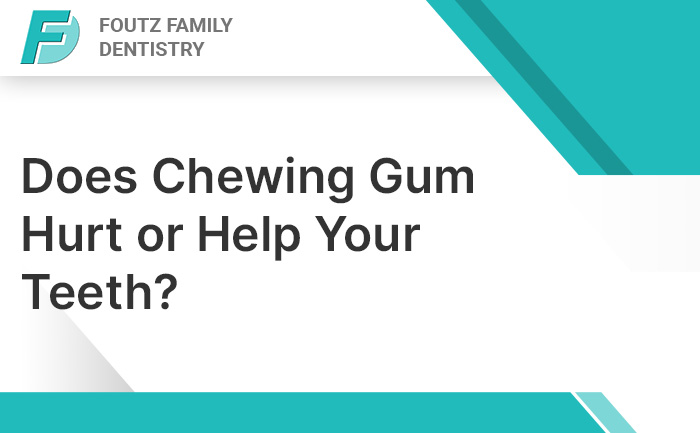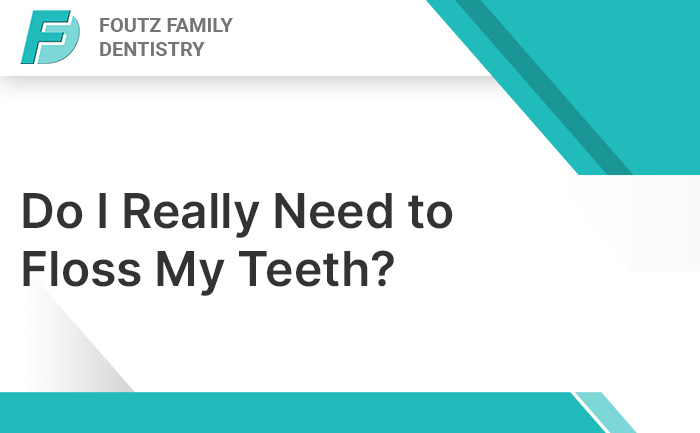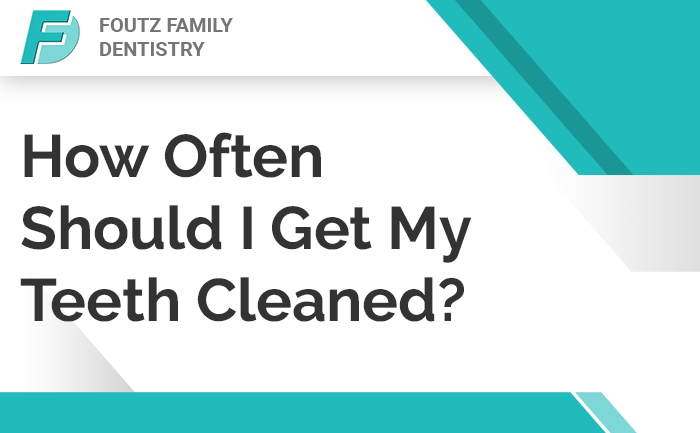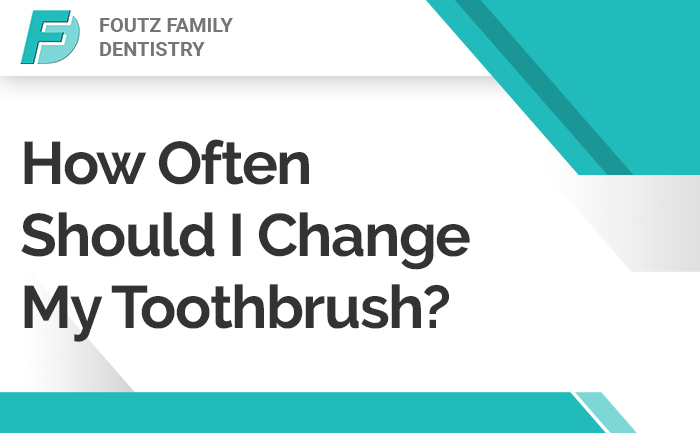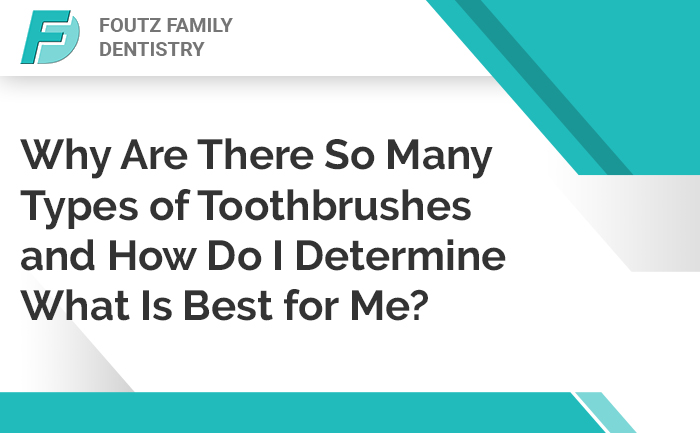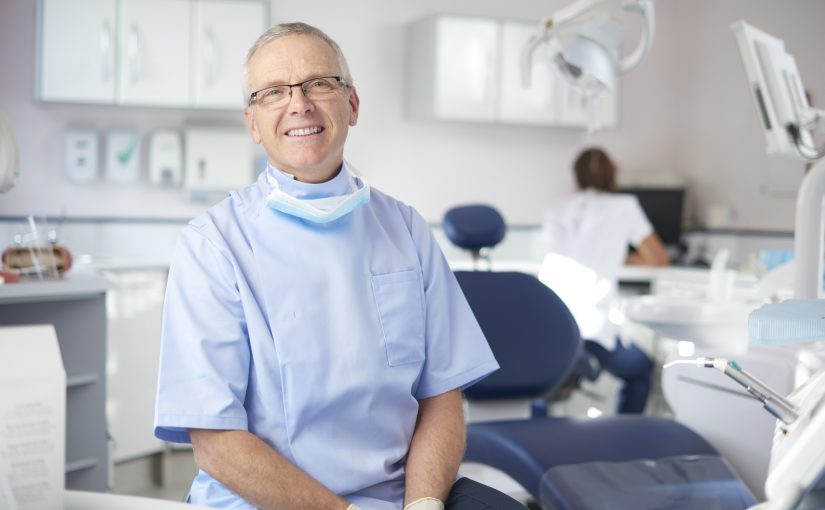Cavities (dental erosion) are the most common oral health disease in the US. Most children will have at least one cavity and up to 30% of adults in the country have untreated cavities. Without proper care, cavities can grow and destroy teeth, as well as cause more serious issues, like bone infections. It’s important to have cavities treated as soon as possible, but how do you tell if you have one?
Temperature Sensitivity
One of the most common signs that you’ve got a cavity is sudden sensitivity to heat and cold in your mouth. If you take a gulp of cold water and experience a stabbing pain in your mouth, chances are good you have a cavity. The problem here is that when a cavity exposes the dentin layer of your teeth, the microscopic tunnels in the dentin make perfect channels for food and drink to stimulate the nerve inside the tooth.
Sugar Sensitivity
While temperature sensitivity is a common sign you might have a cavity, so is sensitivity to sugar in foods and drinks. In most cases, this will be a lingering discomfort that lasts for several minutes after eating or drinking something sugary and is caused by exposure of the dentin layer within a growing cavity.
Tooth Pain
There are few things as hard to deal with as a toothache, particularly when the pain becomes severe. Toothaches are prime signs that you’re dealing with an oral health problem, which is most likely a cavity. However, other issues can cause toothaches, so you must visit a dentist as soon as possible to have the situation diagnosed. Note that toothaches can be sudden, or they can grow slowly and continually. You may also experience pressure in the area when biting or chewing.
White Spots
In many cases, cavities begin as white spots on your teeth. Over time, they can darken, eventually becoming brown or even black. If you notice telltale staining, it’s important to visit your dentist to have the growing cavity treated.
A Visible Hole
If left untreated, a cavity will eventually form a visible hole or pit in your tooth. You may be able to see this when you look in a mirror and/or feel it with your tongue. However, not all cavities can be seen or felt. That’s particularly true if they form under the gumline or between teeth, which is why it’s so important to visit your dentist every six months.
Prevent Cavities with Good Oral Care and Regular Dentist Visits
While cavities can be painful and lead to major oral health problems, the good news is that they’re preventable. Brushing after meals and flossing every night can help prevent plaque build-up that leads to cavities.
Avoid sugary drinks and foods, and make sure to drink plenty of water to dilute the acid that causes cavities in the first place. Combine that with regular dentist visits and you have a good chance of not experiencing another cavity.







